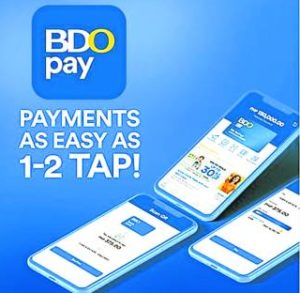The Sy family’s BDO Unibank Inc., the country’s largest lender by assets, is adding features to its mobile payments app after booming demand during the pandemic helped turn e-wallets like GCash and Maya into technology “unicorns.”
BDO hopes to lure users to BDO Pay, its native mobile wallet launched in March 2021, by opening up services to nonclients and deposit-free applications.
With the upgrades, BDO Pay users can send money to both BDO and non-BDO accounts apart from other features such as money requests, split bill and QR and bills payments. Additional features will be rolled out to “further promote e-wallet usage in the country,” it added.
BDO is aiming to compete with the county’s e-wallet giants with its large user base of banked clients and more seamless transactions.
“With BDO Pay, clients can easily do banking transactions and manage their finances online without the need to move in and out of different apps just to transfer money from one account to another or make payments for online purchases,” the banking giant said in the statement on Monday.
“Unlike other conventional e-wallets, BDO Pay is linked to a BDO client’s checking or savings account, debit card, and credit card making everyday payments flexible and easy,” it added.
Millions of Filipinos shifted to electronic transactions during the global health crisis, pushing up valuations at the Globe Telecom-Jack Ma venture GCash, which became the country’s first ever unicorn after being valued at over $2 billion in 2021.
Maya, whose owners include PLDT Inc. and Tencent Holdings, was valued by investors above $1 billion earlier this year.
BDO said users only need a smartphone and government-issued identification card to open a BDO Pay account.
“The BDO pay account does not require any initial deposit nor any maintaining balance, which makes it ideal as a starter bank account especially for those in rural and remote areas,” it added.
Maybank Securities said rising e-wallet usage had boosted fee-based income for the banking sector. So far, the growth in digital payments was driven by retail, corporate and government transactions, it added.
“We expect this upward momentum to be sustained over the long term on the back of increasing adoption by merchants (with some preferring online modes of payment), the stickiness of the ease of doing digital payments among consumers and the improving connectivity infrastructure in the country,” Maybank Securities said.
It said digital payments by 2023 could account for 40 percent of the total payment volume, which was near the Bangko Sentral ng Pilipinas’ “aggressive” 50 percent volume target. INQ


